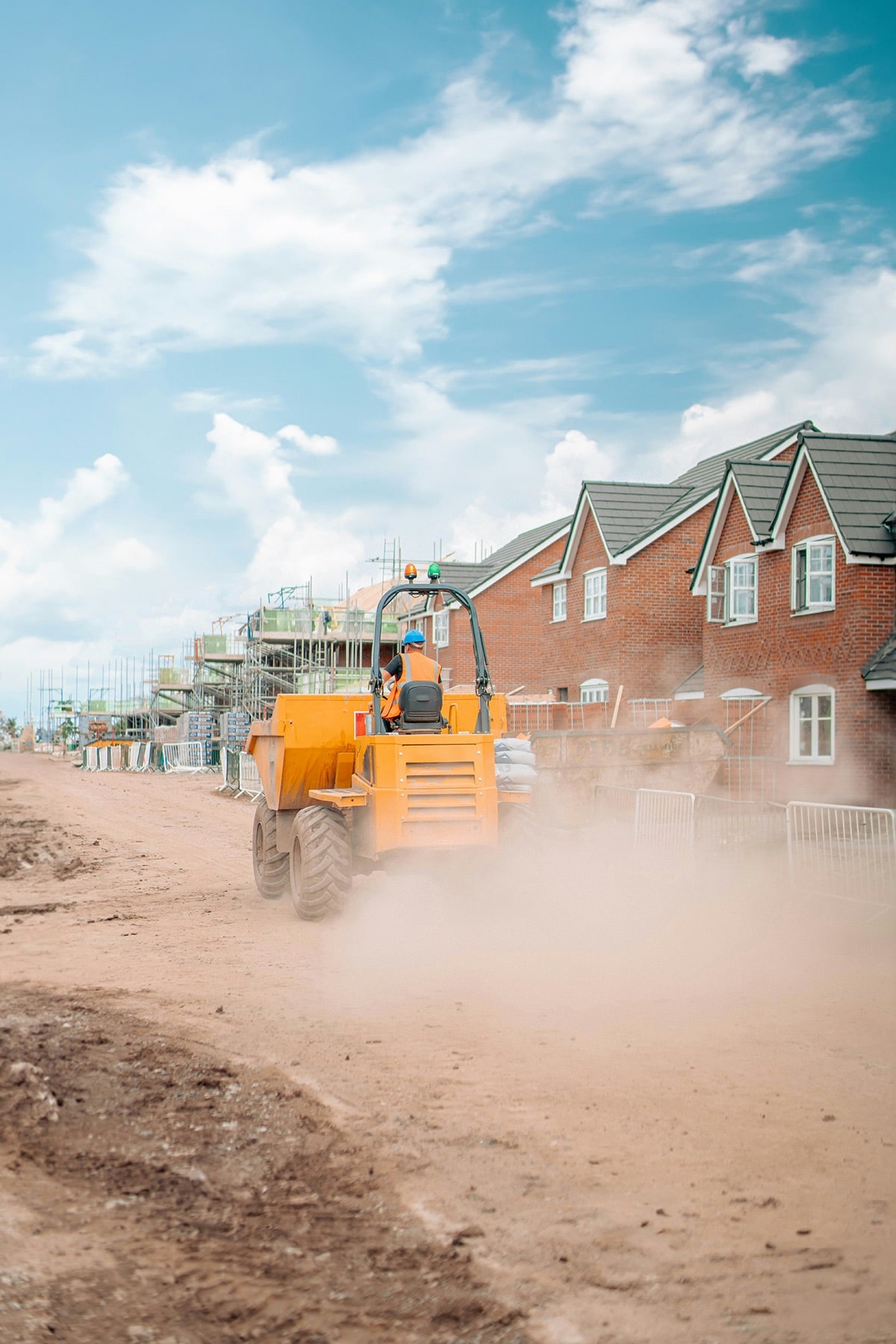
Why I Still Back UK Housebuilders
Following yesterday’s blog (Oikophobia and the decline narrative), I thought I should follow up with some uplifting real evidence of a better economic outlook.
Towards the end of May, Forterra, one of the businesses in a couple of the W4.0 strategies (W4.0 is my new investment strategy platform where I share the strategies I’ve built around long-term themes, undervalued companies, and the conviction that clear thinking still counts in markets. If this type of thinking sounds sensible to you, I hope to see you there), announced its AGM trading update.
By the way, Forterra is one of the UK’s leading building materials companies. It is focused on manufacturing and distributing clay bricks and concrete construction products.
In the statement, Forterra announced that in the four months of the new financial year, which started in January, revenue was up 22%, reflecting an improved demand environment primarily driven by housebuilding activity. This is one of a number of early signs that the UK’s key construction and housebuilding industry is beginning to stir after three years of difficult trading. As interest rates continue to decline, this improved trading environment should gather momentum and help the overall economy deliver the better growth outcome it is more than capable of achieving.
Hot on the heels of Forterra’s recent trading update, which highlighted improving brick delivery volumes, Bellway, one of the UK’s leading volume housebuilders, has also published a trading update for the four months to the start of June. Bellway reports that it has experienced “robust” trading through the important Spring selling season, reflecting what it describes as improving customer confidence. Key take aways include a higher reservation rate (including bulk sales) of just over 8%, a near 8% improvement in its forward order book, an anticipated 13% increase in completions for the full year (to the end of July), better margins and a slightly higher average selling price reflecting a change in product mix. Perhaps most encouraging of all, Bellway felt able to guide to cumulative volume growth of 20% over the two years to end July 2026, based on stable market conditions.
I am conscious that these improvements are from a pretty depressed base, but nevertheless highlight again the early signs of what I believe will be a strong and prolonged recovery in the new housing market over the next two to three years as interest rates continue to fall in the UK. After what has been a difficult period since Russia invaded Ukraine in February 2022, the stock market is naturally pretty sceptical about this recovery in the UK housing market, and share prices and valuations in the sector remain depressed.
My view is that the sector has managed this difficult period extremely well, having gone into it with robust net cash balance sheets and a clear policy not to overbuild into a declining market. Now that the recovery is underway, the sector is poised to deliver much better results based on higher completions, margins, return on capital, cash generation and shareholder returns.
UK housebuilders have been under pressure for some time, weighed down by rising interest rates, planning constraints, and an uncertain policy environment. But I believe we’re now past the worst. There are clear signs of stabilisation in the housing market and, with interest rates likely to fall, the sector looks well-positioned for recovery.
What’s more, many of these companies are sitting on significant net cash, are paying healthy dividends, and are trading well below book value. Despite their strong fundamentals, sentiment remains overly negative. That disconnect is what creates opportunity.
I’m particularly focused on those businesses with the balance sheet strength to weather tough conditions and the flexibility to capitalise on a rebound
I expect the whole sector, especially those companies I have selected for the W4.0 All Rounder, Income Booster and Top 40 strategies, will deliver significantly improved shareholder returns over this recovery period, which I expect to endure for at least the next two years.
Related posts
Introducing W4.0
Direct access to Neil Woodford’s proven investment strategies.

Subscribe to receive Woodford Views in your Inbox
Subscribe for insightful analysis that breaks free from mainstream narratives.
